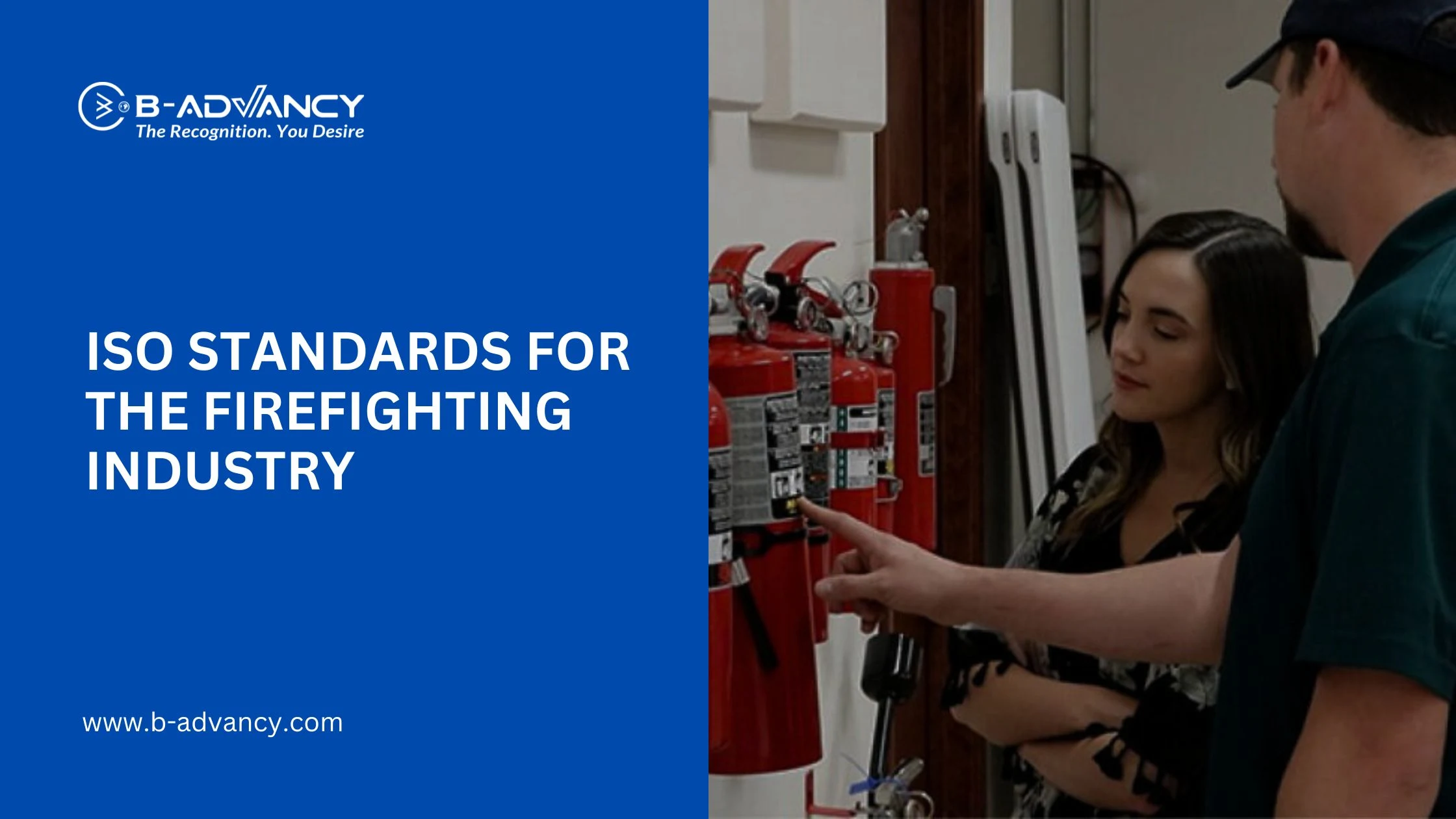
In the firefighting industry, the stakes are always high, as firefighters and emergency responders regularly work in hazardous environments where safety, efficiency, and reliability are paramount. This is why adherence to globally recognized standards, such as those developed by the International Organization for Standardization (ISO), is critical. ISO standards provide guidelines that help improve the quality and safety of firefighting equipment and processes, which ultimately contributes to saving lives and protecting property.
In this post, we'll dive into some of the key ISO standards relevant to the firefighting industry, exploring how they are implemented, their benefits, and why they’re essential for maintaining industry-wide excellence.
The International Organization for Standardization (ISO) develops and publishes standards that provide specifications, guidelines, and requirements for products, services, and systems. ISO standards ensure that products and services are safe, reliable, and of high quality. Within the firefighting industry, these standards cover a range of topics, including fire equipment, fire detection and alarm systems, protective gear, and more. By implementing ISO standards, companies and organizations ensure their products meet international benchmarks, enhancing safety, reliability, and interoperability across the industry.
The ISO 7240 series outlines standards for fire detection and alarm systems used in buildings and other structures. It covers various aspects such as fire alarm control units, fire detectors, manual call points, and voice alarm systems. Some critical sections include:
ISO 7240-1: Specifies general requirements for fire alarm systems.
ISO 7240-2 to ISO 7240-12: Cover specific components such as detectors, manual call points, and power supply equipment.
ISO 7240-16: Provides guidelines for fire alarm voice communication systems.
These standards are essential for creating a reliable and responsive fire alarm system that can detect fires early, minimizing damage and ensuring prompt evacuation.
The ISO 14520 series specifies requirements for gaseous fire-extinguishing systems that are critical for areas where water-based suppression would be damaging, such as data centers, server rooms, or art galleries. Key standards within this series include:
ISO 14520-1: Specifies requirements for the design, installation, and maintenance of gaseous fire-extinguishing systems.
ISO 14520-5: Focuses on the use of carbon dioxide as a suppression agent.
ISO 14520-12: Covers the use of clean agents, which leave no residue and are suitable for sensitive equipment.
Implementing these standards helps ensure that gaseous systems are properly installed, tested, and maintained to provide reliable and effective fire suppression in sensitive environments.
ISO 11601 standardizes requirements for fire hose reels and cabinets, ensuring that the equipment is reliable, durable, and easy to use in emergencies. The standard covers design, performance, and testing requirements to ensure that hose reels provide adequate water pressure and are accessible and operational during a fire.
Personal protective equipment is critical for firefighter safety, and the ISO 16073 series outlines requirements for PPE used by firefighters. Key standards within this series include:
ISO 16073-1 to ISO 16073-7: Cover general requirements for firefighter clothing, gloves, helmets, boots, and respiratory protective equipment.
These standards ensure that PPE is tested rigorously to provide protection against heat, flames, and hazardous chemicals encountered in firefighting operations. By adhering to these standards, manufacturers can ensure that their equipment offers the highest level of safety and performance for firefighters.
Hose couplings are essential for connecting hoses to hydrants, pumps, and nozzles, and ISO 7241 provides requirements for quick-connect couplings used in firefighting applications. This standard ensures that couplings are compatible and durable, facilitating fast deployment and preventing leaks during firefighting operations.
ISO 19353 outlines methods for fire prevention and protection within industrial processes. It includes guidelines for assessing fire risks, implementing safety measures, and maintaining equipment. This standard is especially relevant in facilities where flammable materials are handled or stored, ensuring that proper safeguards are in place to prevent fires and protect personnel.
Enhanced Safety: ISO standards prioritize the safety of both responders and the public by ensuring that equipment meets stringent quality and performance criteria.
Reliability and Consistency: Standardized equipment and processes help ensure consistency and reliability across firefighting operations, reducing the likelihood of equipment failure during critical moments.
Interoperability: ISO standards facilitate interoperability between equipment from different manufacturers, which is crucial in emergency scenarios where different organizations and agencies may need to work together seamlessly.
Quality Assurance: Regular compliance with ISO standards can improve overall product quality, reducing maintenance costs and improving the lifespan of equipment.
Global Recognition and Trust: ISO certification enhances a company’s credibility and opens up international markets, as many countries recognize ISO standards as a benchmark of quality and safety.
Despite the clear benefits, there are challenges in implementing ISO standards, especially for small and medium-sized manufacturers or fire departments with limited budgets. Compliance requires significant resources, training, and investment in certified equipment and infrastructure. Additionally, standards are periodically updated to reflect new technology and research, which requires organizations to stay current and potentially update equipment or processes.
ISO standards play an essential role in the firefighting industry by providing a foundation for safety, reliability, and interoperability. Adhering to these standards ensures that equipment performs as expected, that firefighters are protected, and that fire detection and suppression systems function efficiently when needed. While compliance can be challenging, the benefits of improved safety, equipment quality, and global recognition make ISO standards an invaluable asset in this high-stakes industry.
For manufacturers, fire departments, and related organizations, ISO standards provide the assurance that their products and services meet a global benchmark of excellence—an assurance that ultimately helps save lives and protect property.